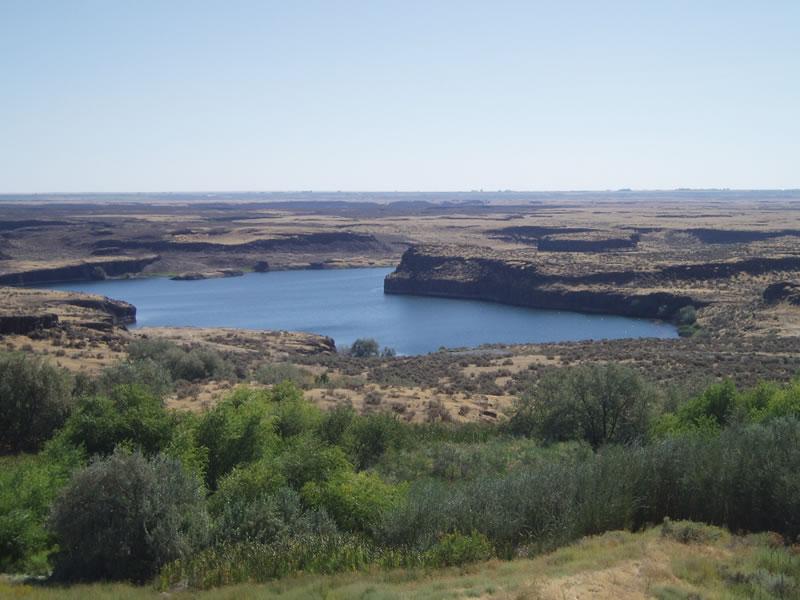Lower Goose Lake is located south of Potholes Reservoir. This lake offers some very good warmwater fishing opportunities for a variety of warmwater species including Largemouth Bass, Walleye, Yellow Perch, and Channel Catfish. Larger sized bass and Walleye fishing style boat can be launched at this lake. Contact the Regional Office in Ephrata for more recent survey results.
Two-pole fishing is allowed
Shoreline access: Good - The only shoreline access is near the boat ramp.
Species you might catch
Lake information
County: Grant
Acreage: 65.40 ac.
Elevation: 862 ft.
Center: 46.923852, -119.288988
Open in Google Maps
Catchable fish plants
| Stock Date | Species | Number Released | Number of Fish Per Pound | Facility |
|---|---|---|---|---|
Visit the Catchable Trout Plants page for a more detailed search of trout plants in this or other bodies of water. To view or download the source data for this table visit the WDFW Fish Plants dataset on the Washington State Open Data Portal
Fishing prospects calendar
Largemouth bass
Walleye
Yellow perch
Black crappie
Bluegill
Channel catfish
Photos
